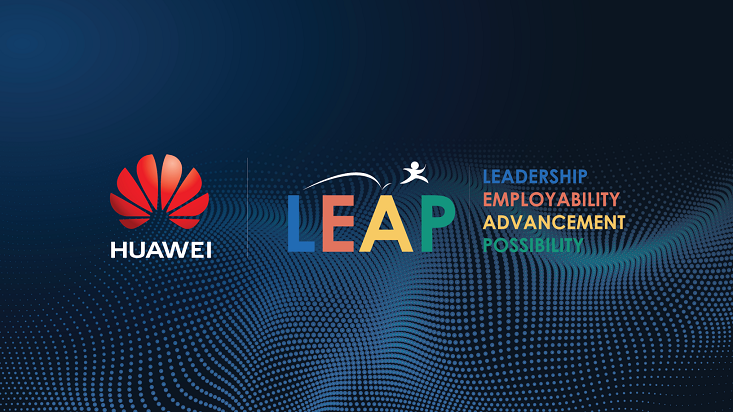Varghese introduces Toshiba’ Build Your Own Data Centre initiative in Kampala
Enterprises and other organisations in Uganda are now able to build their data centres and reduce business costs, instead of relying on service providers.
This development will enable companies, government agencies or any institutions to save as much as 45 per cent of the costs they spend on private companies to manage or protect their data, according to electronics giant Toshiba.
Uganda is the third African country in Africa after Kenya and South Africa where Toshiba is launching the “Build Your Own Data Centre (BYODC)” initiative. Until now, most generators of large volumes of data lease space at data centre operators for storage of their data (cloud computing) while a few established their storage at their premises.
Traditionally, the latter had been more expensive as the owner has to part with large sums of money to establish, and maintain, while giving the owner full control and confidence of security, according to IT company Hewlett Packard. However, it also has limits on capacity adjustment or scalability.
With new technology, however, the Toshiba initiative not only cuts costs in the long run but provides a huge opportunity for scaling up or down, according to Toshiba Gulf FZE Vice President Santosh Varghese.
He adds that they will teach their clients how to build the centres and they will no longer have to spend acquiring ready-made solutions like a data box or server which are more costly.
Toshiba first created the electronic data storage system, the tape in the 1960s, and invented the revolutionary Flash Memory in 1984. As the technology landscape evolves each day, companies are faced with the critical decision of whether to migrate entirely to the cloud or continue maintaining on-premises data centres.
While cloud adoption is on the rise, many enterprises are finding value in balancing the two in a strategy known as a hybrid approach. As they announced their launch on the Ugandan market, Toshiba said the initiative’s primary objective was to educate and empower channel partners, including System Integrators, Value Added Retailers, Value Added Distributors and enterprise clients, to enhance their business-critical enterprise server storage systems and cloud storage capabilities, all while harnessing the power of high-capacity hard drives.”
Varghese emphasized the importance of establishing one’s data centres, stating, “We want the data storage channel ecosystem to be well-informed about the storage backup options companies need.”
“While many companies still resort to tape as a storage backup solution, hard drives remain the preferred choice due to their cost-effectiveness per gigabyte compared to SSDs,” he added.
Researches show that by 2021, about 63 per cent of global data storage still relies on traditional hard disk drives (HDDs). However, the landscape is evolving, and by 2025, solid state drives (SSDs) are projected to occupy a 16 per cent share of the data storage market, with NAND accounting for 10 per cent.
“We believe that a well-informed channel and business entities can better address specific market requirements, such as surveillance, backup, and big data storage, which will ultimately drive market growth,” he added. In the face of the ongoing global data explosion, data storage remains a paramount concern for businesses.
Varghese stressed the vital role that storage plays in today’s business landscape, emphasizing that the market has evolved significantly over the past few years in terms of its understanding of the need to invest in the right type of storage solutions. He gave the example of the COVID-19 lockdown where some businesses in Uganda were locked up for two years.
According to him, efficient data storage systems were very vital for the continuation of businesses after reopening. Through education and collaboration with channel partners and enterprises, the initiative seeks to equip businesses with the tools they require to adapt to a data-driven future while optimizing both costs and performance.
He explained that the BYODC initiative also caters for SMEs.
“If a company is generating like 100 or more terabytes (a terabyte is 1 billion gigabytes or GB), it’s a lot of data and a personal solution, not tapes and flash discs is recommended, for safety, convenience,” Varghese said.
Currently, about 80 Zettabytes of data are generated and this will double to 163 Zettabytes in 2025, according to the International Data Centre (IDC). A Zettabyte is a trillion gigabytes.
The increase in data generation is being powered mainly by the digital revolution, where video, audio and still pictures are increasingly being used in content creation for social media sites, as well as the evolving traditional media.
“That’s ten times the 16.1ZB of data generated in 2016. All this data will unlock unique user experiences and a new world of business opportunities,” IDC says.
-URN





